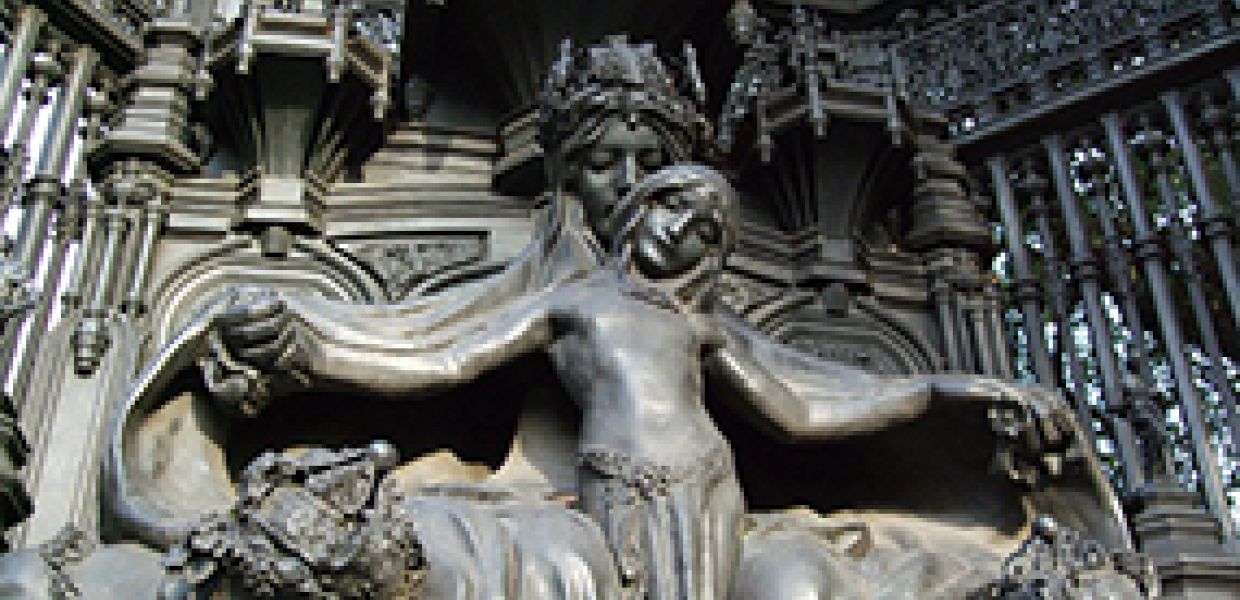Partage Plus makes Art Nouveau more accessible

Guest post by Laura Miles, Collections Trust
The European Commission funded Partage Plus project ran for 24 months, and has now reached its successful conclusion. The Partage Plus consortium comprised 25 different partner institutions, all of which shared the common aim to digitise Art Nouveau collections and make them accessible through Europeana. Over 78,000 records have been uploaded to Europeana through the project, which includes Art Nouveau architecture, artworks, posters, museum objects as well as 3D scans. Multilingual terminologies have also been used throughout the project. The University of Marburg have ensured that the multilingual vocabularies (which have been translated into the languages of all partners) enable a multilingual search in Europeana. Authority lists have also been created for the project, which has ensured continuity and consistency in the records.
In addition to providing digital images and information for 75,000 objects, the project also created over 2000 3D models of Art Nouveau museum objects, which were selected from the collection of 17 different partner museums. The 3D scanning was carried out by Steinbichler from Germany and the 3D models are available via Europeana in the form of 3D PDF files. The potential applications of such 3D models, such as potential commercial applications, have also been explored in the framework of the project, and a number of recommendations were made for the wider use of these results.
As well as the foreseen outcomes of the project, there have been many unforeseen benefits for all of the partners who have taken part in the project. It has demonstrated the difference that European Commission funding can make to an organisation beyond the lifetime of the project. The Museum for Applied Arts in Vienna were able to create a permanent exhibition for their collection through the project. Furthermore, different museum departments worked collaboratively in a more intensive and effective way than previously, which will hopefully continue after the project. The Museum of Arts and Crafts in Zagreb worked hard to collaborate with cultural heritage professionals and national institutions. This resulted in representation from all over Croatia, including 64 museums, thus creating a valuable network. Partage Plus allowed the Museum of Decorative Arts in Prague to put their collections online for the first time and they were able to contribute to the Czech Museums Portal, which showed 3D digital content for the first time thanks to the project. These are just a few examples from a large number of benefits. All of this shows that the project enabled a creation of networks, new permanent exhibitions and putting collections online.
Thanks to Partage Plus there are plenty more high quality Art Nouveau records available through Europeana. These could form the basis of future research and can be freely accessed by everyone.
